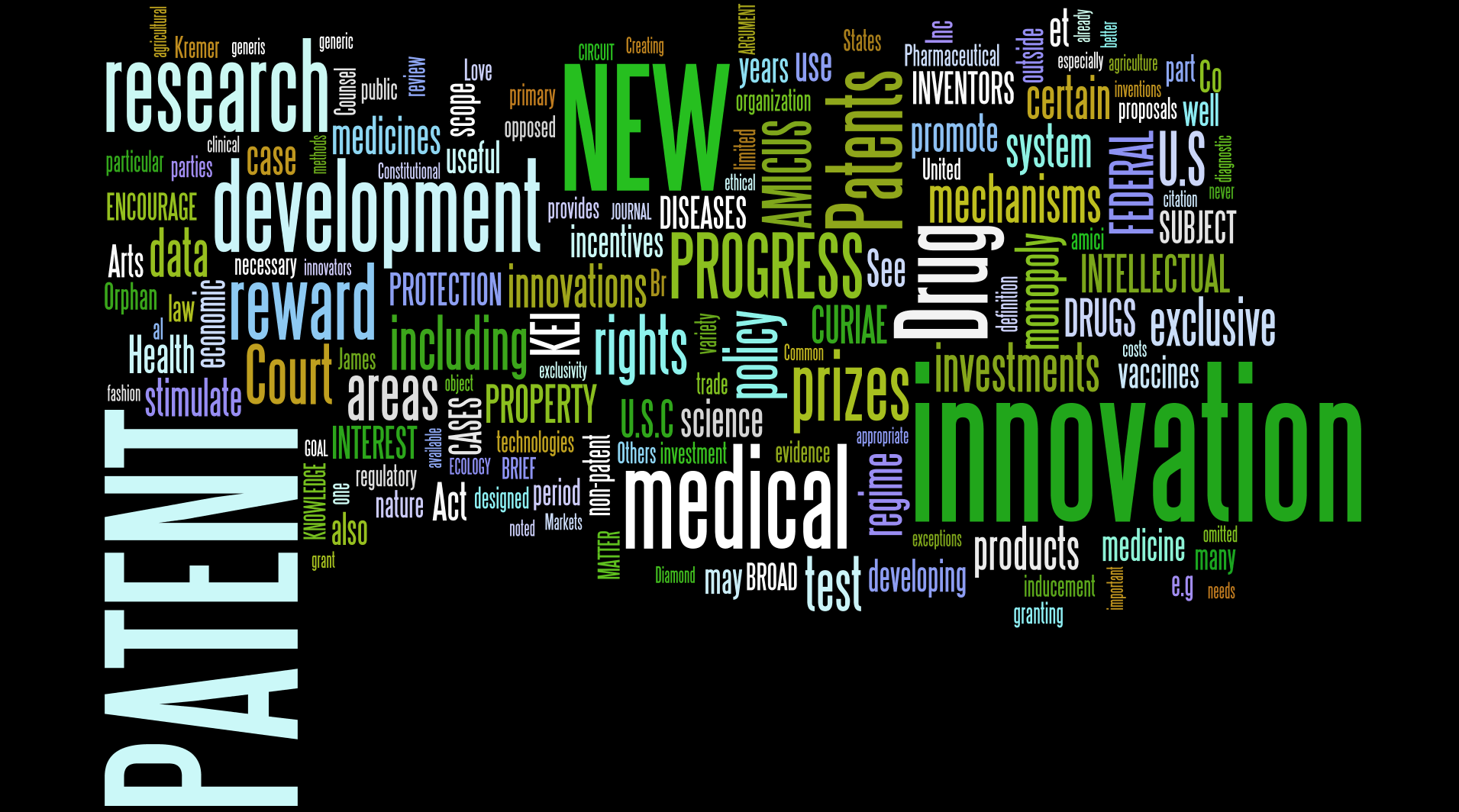Malini Aisola has written some background on the Bilski case here. Today KEI filed a friend of the court brief with the U.S. Supreme Court in the case. A copy of our brief as filed is available here.
TABLE OF AUTHORITIES
INTEREST OF AMICUS CURIAE
THE GOAL OF THE PATENT REGIME IS NOT TO REWARD INVENTORS, BUT TO ENCOURAGE PROGRESS
IN CASES WHERE INAPPROPRIATE GRANTING OF PATENT PROTECTION HINDERS PROGRESS IN THE ARTS AND SCIENCES, IT IS NOT NECESSARY TO FASHION AN OVERLY BROAD DEFINITION OF PATENT SUBJECT MATTER MERELY TO SAVE MEDICAL INNOVATIONS FROM AN IMAGINED AND SPECULATIVE DANGER
NON-PATENT MECHANISMS CAN, AND ARE SUPPOSED TO, ENCOURAGE PROGRESS IN AREAS WHERE THE GRANT OF A PATENT IS INSUFFICIENT, INEFFECTIVE, BURDENSOME, IRRELEVANT OR UNNECESSARY
CONCLUSION
This was the conclusion:
CONCLUSION
The patent system plays an important role in the economy, but patents are not the only instrument available to policy makers to stimulate or reward investments in the development of new products and services. In areas where patents are not available, relevant, or where they impose excessive costs on society, policy makers have ample options to fashion non-patent incentive mechanisms or subsidies. Patents should only granted and their rights extended and enforced in areas where the benefits of doing so exceed the social costs, and where no superior alternative mechanisms exist — as the balance struck by the Constitutional Clause was intended to accomplish.The area of medical innovation is one of the most vexing areas of innovation policy. On the one hand, persuasive claims are made regarding the need to stimulate investments in new discoveries and technologies, including those relating to the interpretation of data. However, any measures that create legal barriers to the diagnosis or treatment of an illness, or to research to find new tools to combat illnesses, present enormous risks and costs to society. To the extent that patents are not available or enforced in a particularly area of medical care, policy makers have demonstrated keen insights into the many different ways that incentives can be fashioned, including methods that are less harmful to science and patient interests than legal monopolies on processes or uses of data.
Here is the Wordle version:
